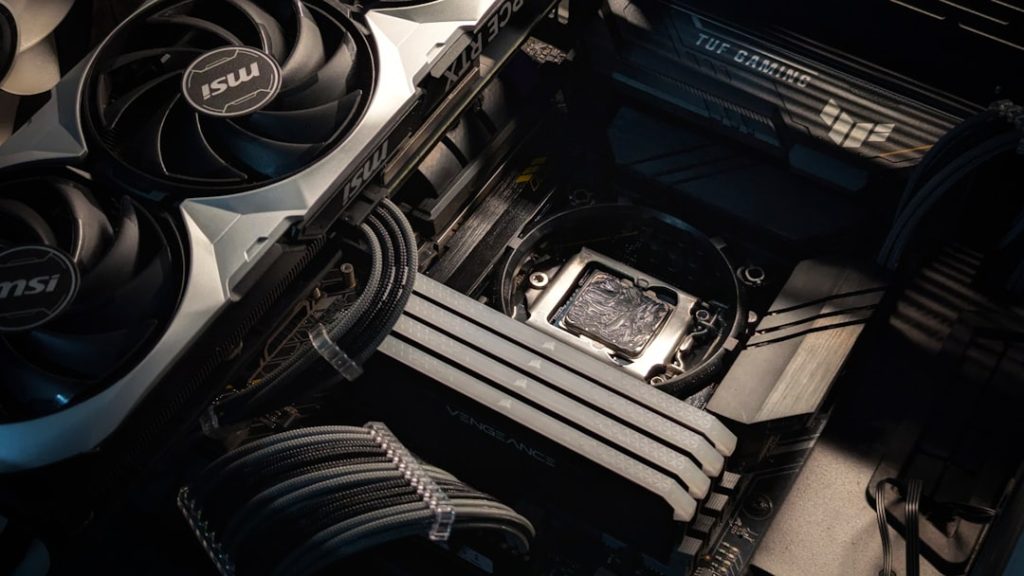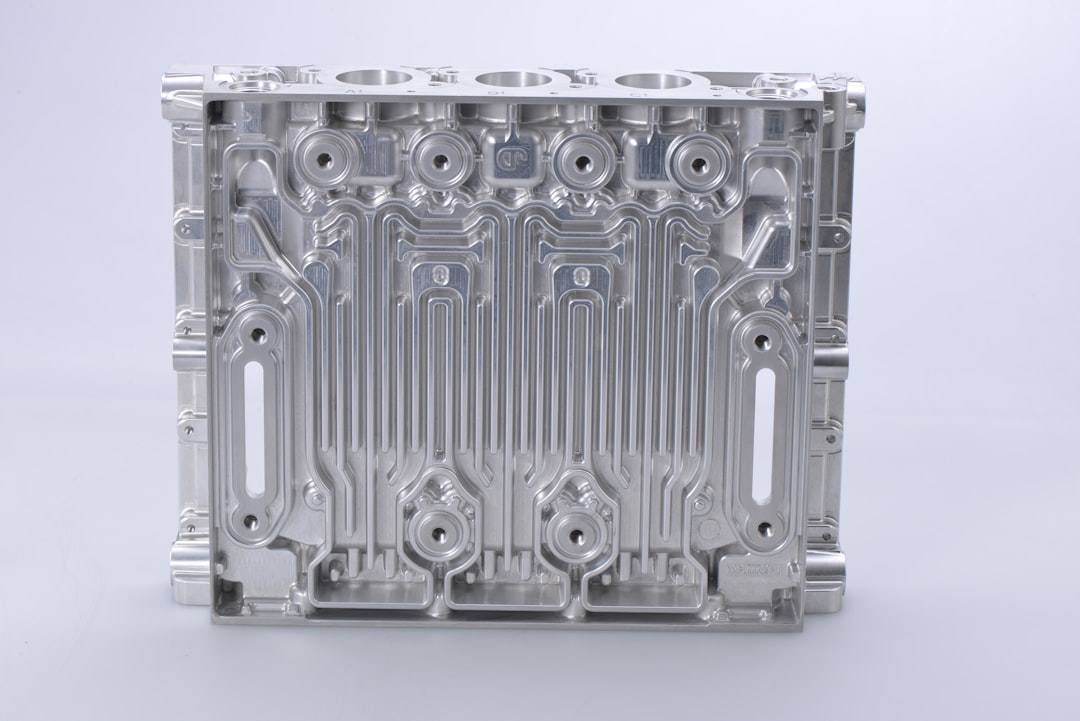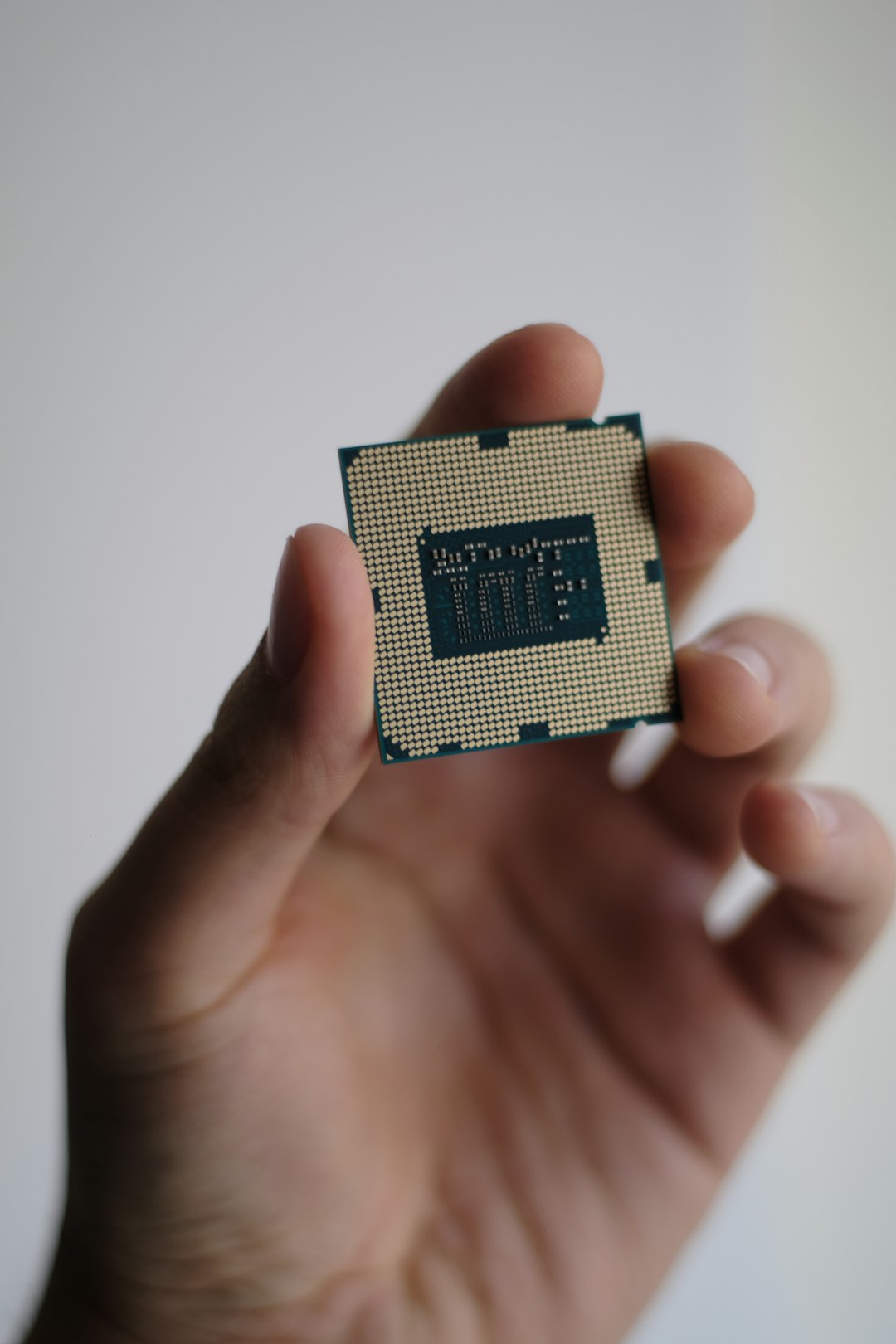Best Thermal Pastes (2025): Performance & Longevity

Choosing the right thermal paste is essential for maintaining optimal CPU and GPU temperatures, ensuring system performance, and maximizing hardware longevity. In 2025, a rapidly growing PC enthusiast community and a surge in high-performance, heat-intensive components have ushered in a newer generation of thermal interface materials (TIMs) that deliver better conductivity and extended life.
This article dives into the best thermal pastes of 2025, evaluating them based on performance, longevity, ease of application, and pricing. With dozens of options available, our curated list narrows down the thermal compounds that stand out in both synthetic benchmark tests and real-world use cases.
Top Thermal Pastes of 2025
1. Thermal Grizzly Kryonaut Extreme
Best Overall Performance
The Kryonaut Extreme remains the gold standard in 2025 for enthusiasts and overclockers. Known for its incredibly high thermal conductivity of 14.2 W/mK, this paste is engineered specifically for extreme cooling environments such as liquid nitrogen (LN2) setups, though it also excels under standard high-end cooling scenarios.
- Conductivity: 14.2 W/mK
- Longevity: 5+ years
- Electrical Conductivity: Non-conductive

Pros: Exceptional thermal performance, easy to apply, non-abrasive.
Cons: Premium pricing.
2. Arctic MX-6
Best Value for Longevity + Performance
The Arctic MX series has long been a favorite for everyday builders, and with the 2025 evolution of the MX-6, Arctic refines the balance between price and performance. Boasting 7.5 W/mK thermal conductivity, the MX-6 handles gaming and multitasking workloads efficiently while providing a shelf life of up to 8 years once applied.
- Conductivity: 7.5 W/mK
- Longevity: Up to 8 years
- Electrical Conductivity: Non-conductive
Pros: Affordable, reliable, long shelf life.
Cons: Not suitable for high-end overclocking.
3. Noctua NT-H2
Best for Mainstream Users
Noctua’s NT-H2 is an upgrade over its predecessor, NT-H1, offering better thermal conductivity and durability. It’s often included with Noctua’s high-performance coolers and is ideal for air-cooled PC builds. The NT-H2 simplifies application with its spread-free consistency and provides up to 5 years of stable thermal performance.
- Conductivity: Not officially disclosed (~9 W/mK estimated)
- Longevity: 5 years
- Electrical Conductivity: Non-conductive
Pros: Easy to use, great for casual and pro users alike.
Cons: Lower conductivity than some top-tier options.
4. Corsair XTM70
Best for RGB Enthusiasts & Corsair System Users
While Corsair is better known for its cooling systems and memory products, the XTM70 is a surprisingly strong contender in the thermal paste market. Tuned for compatibility with Corsair’s own ecosystem, this paste works effectively with high-powered CPUs, maintaining temperature stability even under 100% loads.

- Conductivity: 8.1 W/mK
- Longevity: 4–6 years
- Electrical Conductivity: Non-conductive
Pros: Great cooling performance, bundles well with Corsair thermal pads and coolers.
Cons: Slightly harder to spread.
5. CoolLaboratory Liquid Ultra
Best for Enthusiasts and Lapping Experts
Unlike traditional pastes, Liquid Ultra is a liquid metal thermal paste boasting conductivity above 38 W/mK. It drastically improves thermal transfer, especially in direct-die applications or delidded CPUs. However, it is electrically conductive and corrosive to aluminum, requiring expert handling.
- Conductivity: >38 W/mK
- Longevity: 2–3 years
- Electrical Conductivity: Conductive – handle with care
Pros: Unmatched thermal transfer.
Cons: Risk of short-circuiting, not beginner-friendly.
Thermal Paste Longevity: What to Expect in 2025
One of the evolving priorities in 2025 is not just how well a thermal paste performs, but how long it lasts without drying out or degrading. Premium pastes like Thermal Grizzly Kryonaut Extreme and Arctic MX-6 offer exceptional lifespans (some 5–8 years once applied) while maintaining consistent cooling performance.
Compared to earlier years, 2025’s thermal compounds offer significant improvements in lifespan thanks to new silicon and carbon-based materials that resist breakdown under continuous thermal cycling. For users looking at minimal maintenance intervals, selecting thermal pastes with longer duration is more important than ever.
Factors to Consider When Choosing Thermal Paste
When selecting a thermal compound in 2025, it’s critical to weigh the following considerations:
- Thermal Conductivity: Higher is usually better, especially for overclocking.
- Electrical Conductivity: Avoid conductive compounds unless experienced with application.
- Ease of Application: Viscosity and consistency affect how easy it is to apply evenly.
- Durability: Look for longer-lasting compounds requiring fewer reapplications.
- Compatibility: Be sure your cooling unit and heatsink can work with the paste’s material.

Conclusion
From enthusiasts chasing every last MHz through extreme overclocking to average users seeking better system thermals and hardware longevity, there’s a thermal paste in 2025 to meet every need. Whether you’re using a classic Arctic MX-6 paste for everyday builds or going the extreme route with CoolLaboratory Liquid Ultra, ensuring proper application and considering your hardware’s demands can produce tangible improvements in temperature regulation and hardware lifespan.
As PC components continue to rise in power and thermal output, the need for efficient and long-lasting thermal pastes will only grow. Investing a few extra dollars in the right paste can extend the lifespan of your components and give you peace of mind under load.
FAQ
- Q: How often should I replace thermal paste?
A: For most users, replacing thermal paste every 3 to 5 years is sufficient. High-performance systems or those in hot environments may benefit from more frequent replacements. - Q: Is it safe to use liquid metal thermal pastes?
A: Liquid metal offers excellent cooling performance but is electrically conductive. It’s only recommended for advanced users who understand the risks and proper application techniques. - Q: Can I use any thermal paste with my GPU?
A: Yes, most thermal pastes are compatible with GPUs. Make sure the compound is non-conductive to avoid damaging sensitive electronics. - Q: What’s more important: thermal conductivity or longevity?
A: It depends on your use case. For gamers and daily users, longevity is essential. Overclockers may prioritize thermal conductivity over replace intervals. - Q: Do all coolers come with pre-applied thermal paste?
A: Many stock and aftermarket coolers include pre-applied paste, but higher-end coolers may expect users to apply their own compound for optimal results.
